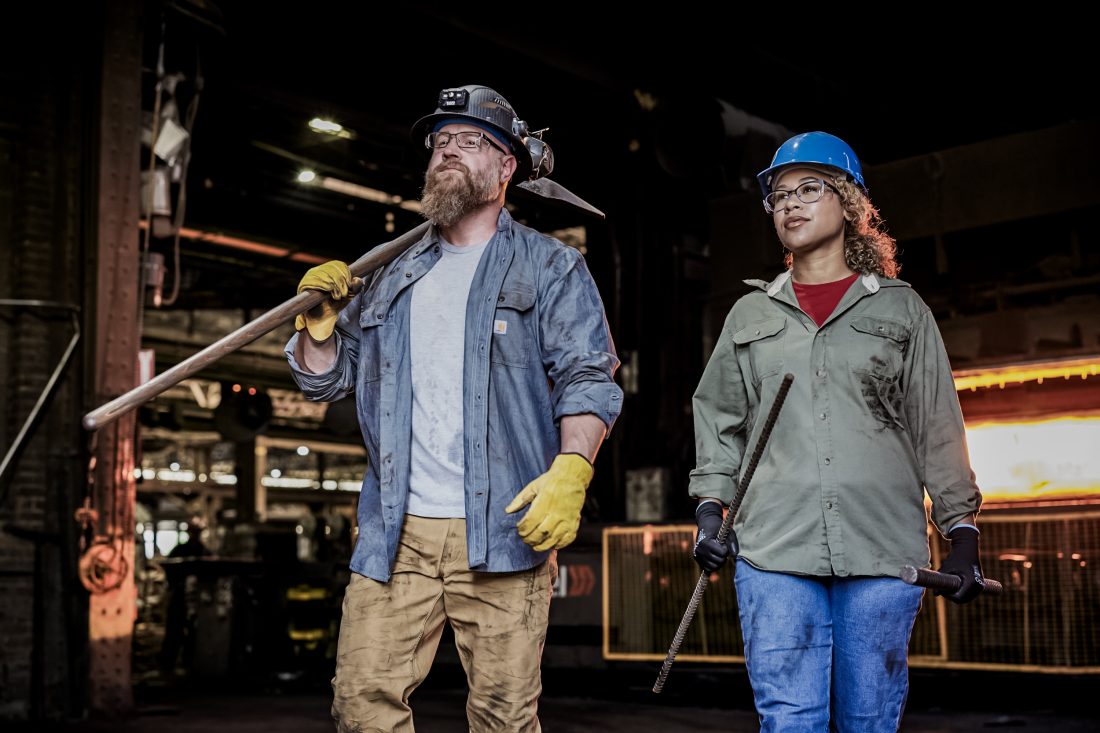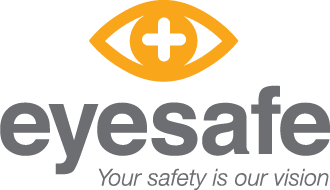
How to Raise Employee Awareness of Eye Protection
September 17, 2025Eye injuries in the workplace are more common than many realize—and often preventable. Whether it’s flying debris, chemical splashes, or digital eye strain, the risks are real and varied. Yet, many organizations struggle to dedicate time solely to eye safety education. The solution? Integrate eye protection awareness into your existing safety training programs.
Here’s how you can make eye safety a consistent and visible part of your workplace safety culture.
Why Eye Safety Matters
Eye injuries can range from minor irritations to serious trauma, including:
- Scratched corneas
- Chemical burns
- Bleeding in the whites of the eye
- Penetration injuries
- Digital eye strain
These injuries not only affect employee health but also productivity and morale. A proactive approach to eye safety helps reduce incidents and reinforces a culture of care and compliance.
7 Practical Ways to Integrate Eye Safety into Existing Training
1. New Hire Onboarding
Start strong by introducing eye safety during onboarding. Educate new employees on common eye injuries and the importance of protective eyewear. This sets expectations early and builds a foundation for compliance
2. Job-Specific Orientation
During hands-on job training, include a review of eye hazards specific to the role—like dust, flying particles, chemical splashes, molten metal, or UV radiation. Tailoring eye safety to the job helps employees understand the risks and the protective measures needed.
3. Health and Safety Committee Training
Committee members often receive training on occupational health and safety legislation. Use this opportunity to include CSA standards such as:
- CSA Z94.3 – Eye and Face Protectors
- CSA Z94.3.1 – Selection, Use, and Care of Protective Eyewear
This ensures key personnel are equipped to advocate for eye safety across the organization.
4. WHMIS Training
When reviewing chemical hazards, highlight the role of safety eyewear like vented/unvented goggles, face shields, and full-face respirators. This reinforces the connection between chemical safety and eye protection.
5. Toolbox or Tailgate Meetings
Daily pre-shift meetings are ideal for quick refreshers. Rotate eye safety topics to keep the conversation alive and encourage consistent use of protective eyewear.
6. Incident Investigation Training
Include case studies involving eye injuries in incident investigation training. Real-world examples help employees understand the consequences of non-compliance and the importance of prevention.
7. Safety Leadership Training
Supervisors and managers play a key role in enforcing safety policies. Train them on how to address non-compliance with eye protection, using case studies to practice effective communication and leadership.
Building a Culture of Eye Safety
Integrating eye safety into your broader safety education plan ensures it’s not overlooked. By embedding it into various training touchpoints, you reinforce its importance and normalize protective behaviors.
Key Takeaways:
- Eye safety is not a one-time conversation—it’s an ongoing commitment.
- Use existing training programs as vehicles for eye protection education.
- Empower leaders and committees to champion eye safety.
- Make eye protection part of your daily safety dialogue.
For those who need prescription lenses, the Eyesafe™ program offers high-quality safety eyewear that combines durable protection with clear vision and comfort. Eyesafe can also help you choose the right safety eyewear for the tasks and hazards in your workplace.

